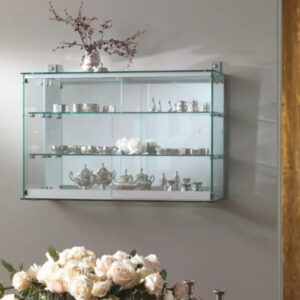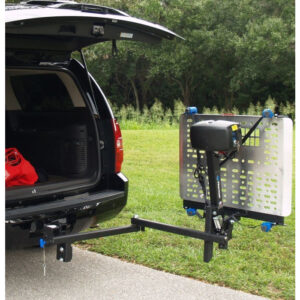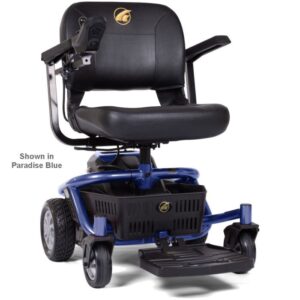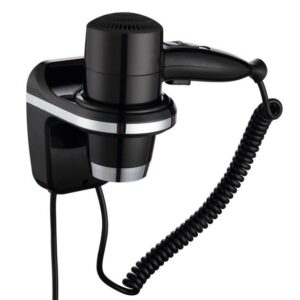The quality of life becomes difficult to manage once regular activities get affected by mobility limitations together with injuries or natural aging conditions. The market provides multiple Daily Living Aids For Sale, which aid people to sustain their self-dependence while enhancing their overall life quality. The necessary devices assist people with their daily activities to complete dressing routines and eat meals and bathe and move around the house. The search for appropriate products brings substantial benefits to those needing support as well as their family members.
Understanding Daily Living Aids
The assortment of equipment called Daily accessibility tools exists to create assistance for people who struggle with mobility together with those who have weak dexterity or lack strength. Users find helpful daily life tools in basic equipment featuring ergonomic handles as well as high-tech movement-assisting devices that offer access to spaces. Daily accessibility tools exist to help people reach their objective of independence so they can complete their everyday tasks competently and without hesitation.
Types of Accessibility Tools
Accessibility tools exist in different types, which correspond to particular activities they help users perform.
Mobility Aids for Enhanced Movement
The need for mobility aids exists for those with either walking disabilities or balance challenges. Walkers and rollators provide users with better stability, which decreases their likelihood of falling. Daily users benefit from canes and crutches, which offer them stability during their surroundings navigation. Wheelchairs, along with mobility scooters, create effortless movement for patients with extreme mobility challenges, thus enabling them to be active without facing excessive physical strain.
Bathroom Safety Aids for a Secure Experience
The bathroom environment proves dangerous for people with reduced mobility because of its slick surfaces. Shower chairs together with stools enable safe bathing by letting individuals sit comfortably so they avoid falling. The bathroom areas benefit from installments of grab bars and handrails, which act as support systems to help users stay balanced. A toilet seat raised with handles provides assistance for sitting and standing, which protects users from strain and increases their safety.
Dressing and Grooming Aids for Personal Care
People who have limited dexterity face challenges during dressing and grooming activities. Button hooks together with zipper pulls make dressing easier, and long-handled shoe horns allow footwear insertion without bending. People who use adaptive hairbrushes and nail clippers maintain their personal grooming without assistance, which strengthens their self-esteem and overall wellness.
Kitchen and Dining Aids for Convenience
Food preparation along with eating should bring joy without creating frustration for users. Adaptive utensils, which have handles designed for simple gripping, enable people with weak hand strength to have a comfortable eating experience. Non-slip plates together with bowls secure dining stability by preventing accidental spills during food time. Specialized kitchen tools and one-handed cutting boards give users easy access to home cooking, thus boosting their autonomy in their kitchen space.
Bed and Chair Aids for Rest and Relaxation
Moving between bed and chairs poses significant difficulty to people who have limited mobility. Users can use bed rails to find extra support for safe bed entry and exit. The combination of lift-assisted reclining chairs lets users adjust their seating positions easily to prevent straining their bodies. The stable eating surface provided by overbed tables helps patients manage their meals and perform activities on a secure surface from a bed position.
Select Proper Accessibility Tools
Every decision regarding Daily Living Aids For Sale needs to focus on addressing individual needs and physical limits. Product usability must be a main priority because users should be able to operate the product efficiently without expending significant effort. Ruggedness plays a vital role in selection because dependable, high-quality aids last longer while offering dependable service. Accessibility tools must have safety features, which include non-slip surfaces together with sturdy construction combined with secure gripping elements to stop accidents. Designing an aid requires consideration of comfort elements because it must provide users with strain-free usage.
Embracing Independence
Everyday living tools significantly enhance the life quality of people dealing with mobility issues and disabilities and those affected by aging processes. People who choose suitable products will protect their independence and experience better comfort levels. Different Daily Living Aids For Sale help users address their particular needs by ensuring safety in mobility and bathrooms and adapting kitchens. The purchase of these tools represents a development toward building a comfortable and independent life.





